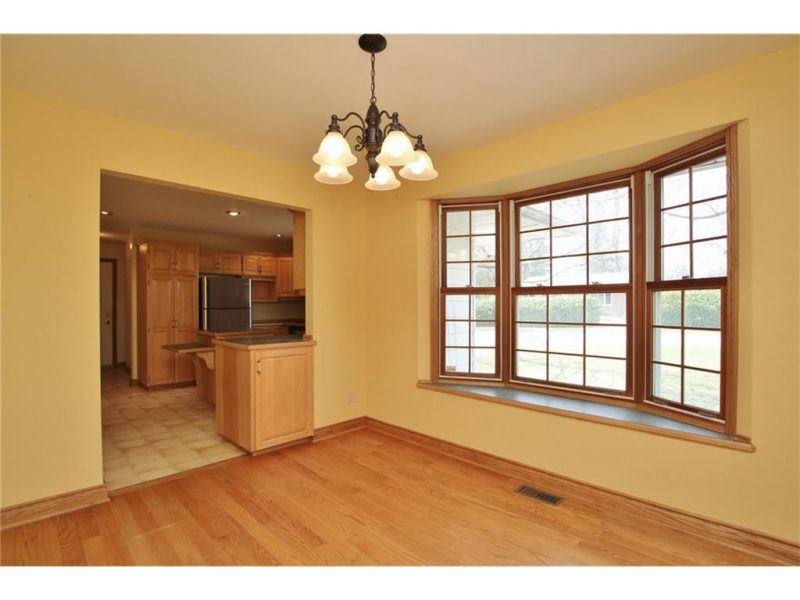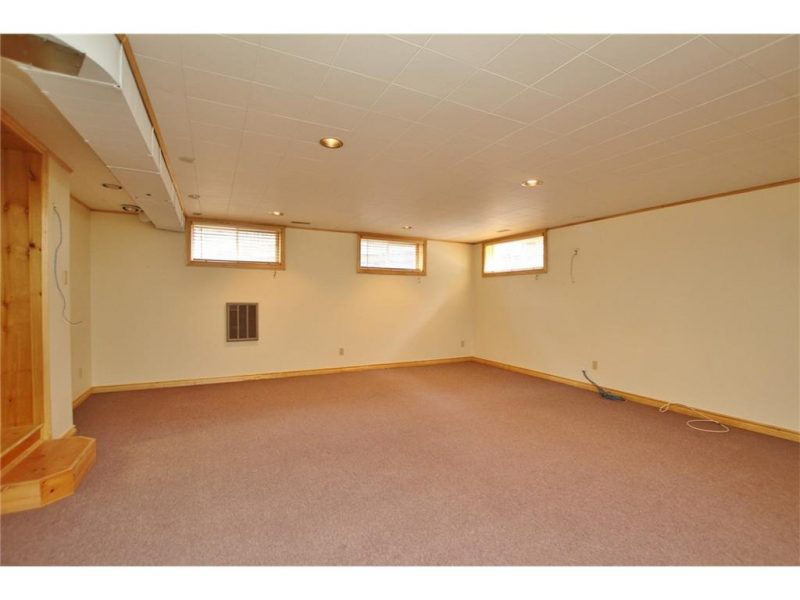House Flipping 101: Where to Start?
Buying a home for the purpose of flipping it for resale at a higher value is nothing short of motivating for those of us who have once lived it, or know of someone who has. Of course, if you’re new to the whole “fix and flip” world – welcome! – the idea of purchasing a home for reasons outside of making it your own, may sound a little unusual; however, the strategic framework and enduring commitment that goes hand in hand with flipping a home has become something quite common among homeowners in today’s real estate market, and is definitely something worth giving a try should you feel up to the challenge.
On the surface, the general idea of flipping is pretty straightforward: purchase, flip, resell. Yet, in its entirety, there’s a lot more you should know and consider before diving in. So, fret not! I’m here to help. Let’s start with finding the right property. Here are a few key pieces to consider before completing the overall puzzle:
Hiring a Realtor
As mentioned, the “fix and flip” world can be a challenging one, and it’s important to do your due diligence before diving head first into the deep end. By hiring a Realtor, you’ll have someone in your corner who can guide you every step of the way. And finding someone who has the experience of working with those who have flipped and been successful before would be a great place to start. We’ll help you pick the right home, educate you on the process, and assist you once your project is complete and it’s time to sell. As always, I’d be happy to chat!
Being a realtor who has done the flip a few times and been successful, I bring a wealth of knowledge to the table.
Finding the Perfect Location
A Realtor can definitely lend a trustworthy hand in helping you find the right location to buy, so that the flip and resell process makes sense. In fact, we’re committed to providing you with up to date market statistics and insights so that your selection process is near-seamless. An important concept to become cognizant with is gentrification: a common trend used to modernize urban neighbourhoods that are otherwise deteriorating. Often looked at under a negative spotlight, the effects of gentrification are complex, contradictory, and unfolds varying impact. Needless to say, it’s an important work with your Realtor so that you can learn all there is to know about flipping a home in a neighborhood that’s right for you and your upcoming project.
There are many neighbourhoods that are gentrifying in Ottawa and the surrounding area. Grabar Park, McKellar Heights, Meadowlands, Parkwood Hills, Queensway Terrace North , Beaverbrook, Stittsville and many more. You will see a range of types of homes in each of these locations depending on the age of the neighbourhoods. Budget will likely determine the location and size you choose.
Being Mindfully Aware
The flipping process tends to work with an abundance of moving pieces. As such, it’s important to enter into such project(s) an understanding of its overall scope. Consult with your Realtor on such topics as time, scope of work, budget, and potential profit. We’re here to help get things rolling, and we’d like nothing more than to see you master the project at hand.
My first flip was in an older neighbourhood in Stittsville. The home was under “Power of Sale” which meant the home was now owned by the Bank so to speak. It was in an area that is becoming more popular due to the large lots and the fact that there are many bungalows to choose from. This property had been on the market for quite a while at a fairly high price point when considering the work that needed to be done. We could see the potential. It had a huge backyard (quite over grown with a large above ground stinky pool). It had a metal roof, newer furnace and AC, decent windows and the attic insulation was suitable. It was a 1950’s bungalow with a large addition added to it in 1989. Inside the rooms were large but all trimmed in oak. There was one main bath and a powder room, both old and ugly. The master bedroom was large and awkward with potential for an ensuite and walk in closet (the space under the room was unfinished). The kitchen was a custom maple kitchen in need of cleaning and new hardware. The counters and floors also needed updating. The oak hardwood flooring through the rest of the main floor was in rough shape but was able to be easily re-finished. The basement had an extra bedroom and a large family room.
The next step for us was to determine if this would work, was to meet with our Mortgage Broker. We got started with him but the work of determining the overall budget was just beginning.
Key partners
It’s very important to have a realtor who will be able to recommend key partners to help get the job done. The first partner is a Mortgage Broker. The Mortgage Broker will help you determine what you can afford, what type of loan you will need and where you might find the money to do the job. Here are some of my preferred partners:
Josh Gray - Mortgage Brokers Ottawa
Karen McLeish - Mortgage Brokers Ottawa
Robbie Adamson - TD Mobile Mortgage Specialist
Po and Stefan Krepski - Capital Mortgages
You’ll want to forecast an overall budget but will need to have a clear picture of what jobs need to be done, the potential cost of these job, and what jobs will provide the most value – remember to avoid investing more than you can afford. As well you need to calculate a potential profit once all is said and done.
Flipping a home is certainly an exciting venture, should you be interested to invest (and up for the challenge). Sure, it comes with a lot of hard work, but with the proper knowledge, coaching and refining, that hard work pays off in the form of profit – not to mention the satisfaction of successfully entering the “fix and flip” world! Let’s have some fun!
Next blog:
What’s next? You need to know all of the costs- ALL of them! How do you determine this? Finding trades and using a general contractor, costs of buying and selling (for example, closing costs), and difficulties predicting and minimizing the risk of over spending will all be covered.









